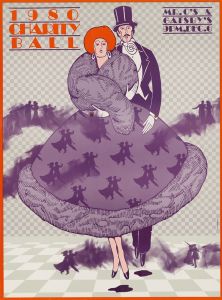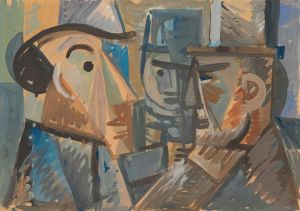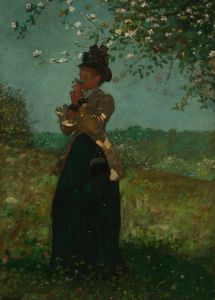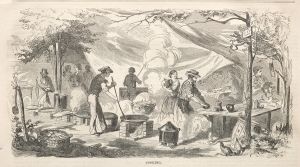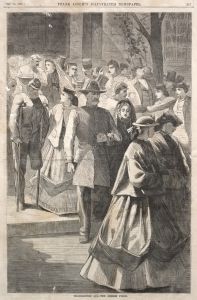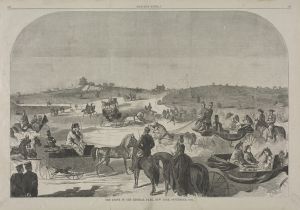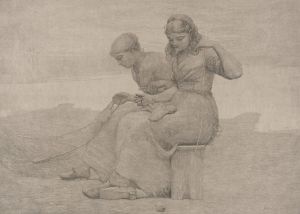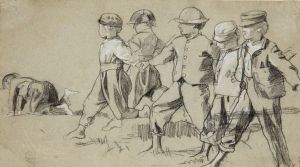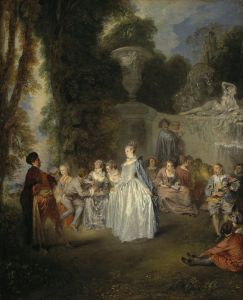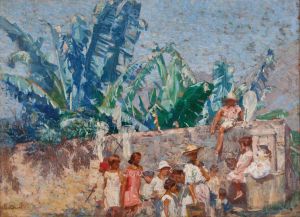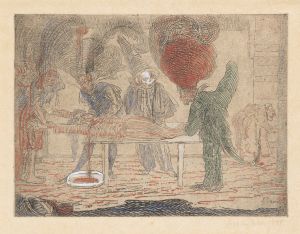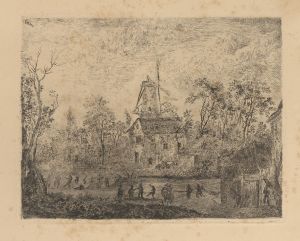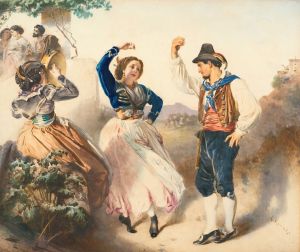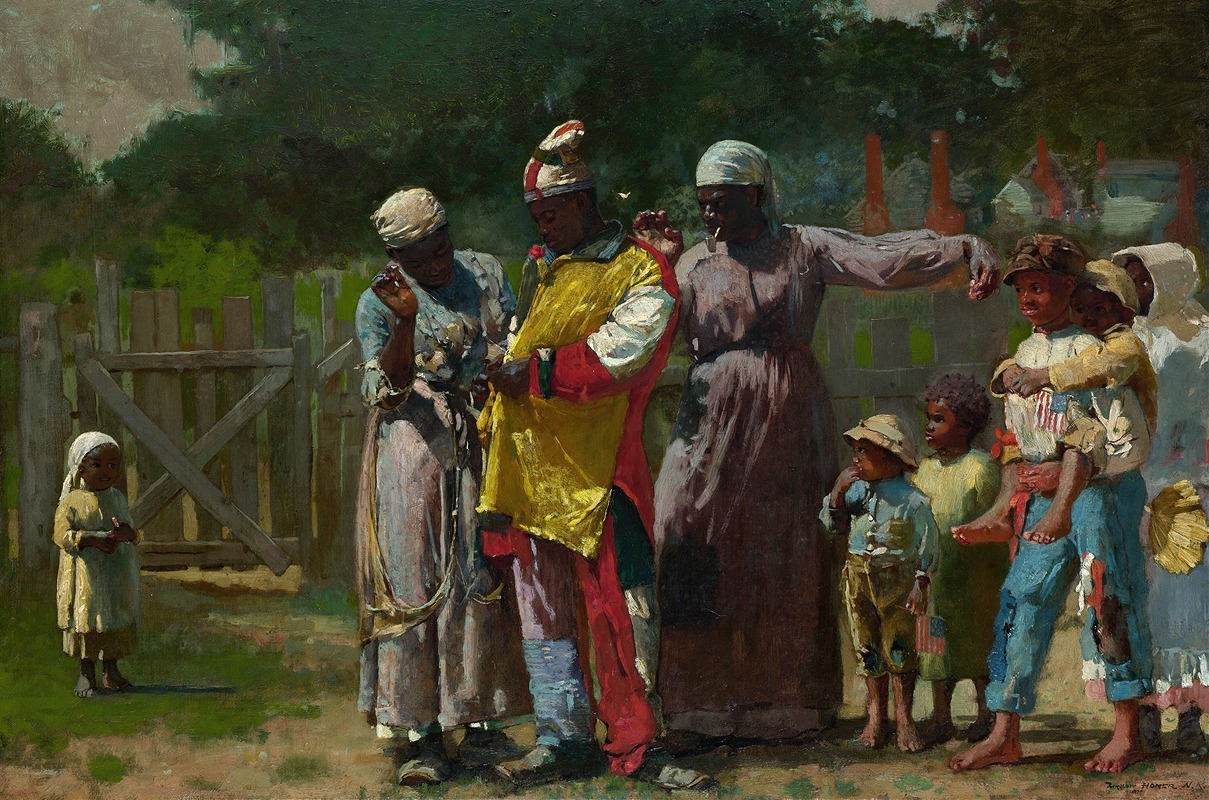
Dressing for the Carnival
A hand-painted replica of Winslow Homer’s masterpiece Dressing for the Carnival, meticulously crafted by professional artists to capture the true essence of the original. Each piece is created with museum-quality canvas and rare mineral pigments, carefully painted by experienced artists with delicate brushstrokes and rich, layered colors to perfectly recreate the texture of the original artwork. Unlike machine-printed reproductions, this hand-painted version brings the painting to life, infused with the artist’s emotions and skill in every stroke. Whether for personal collection or home decoration, it instantly elevates the artistic atmosphere of any space.
"Dressing for the Carnival" is an oil painting created by the American artist Winslow Homer in 1877. The artwork is part of the collection at the Metropolitan Museum of Art in New York City. It is considered one of Homer’s significant works from the Reconstruction Era, a period following the American Civil War.
The painting depicts a group of African Americans preparing for a carnival or celebration. At the center of the composition, a man is being dressed in a colorful costume, possibly intended to represent a harlequin or a similar festive figure. Surrounding him are women and children who appear to be assisting with or observing the preparations. The scene is set outdoors, with a simple wooden structure and a rural landscape in the background.
"Dressing for the Carnival" reflects Homer’s interest in capturing scenes of everyday life and his focus on themes related to African American culture during the post-Civil War period. The painting is notable for its vibrant use of color, particularly in the man’s costume, which contrasts with the more subdued tones of the surrounding figures and environment. The work also demonstrates Homer’s skill in portraying human figures and their interactions, as well as his ability to convey a sense of narrative through his compositions.
The painting has been interpreted as a commentary on the social and cultural changes taking place in the United States during the Reconstruction Era. It highlights the resilience and creativity of African American communities in the face of ongoing challenges and systemic inequalities. However, Homer’s exact intentions and the specific meaning of the scene remain open to interpretation, as the artist himself did not leave detailed explanations of his works.
Winslow Homer (1836–1910) is widely regarded as one of the most important American painters of the 19th century. He is best known for his depictions of rural life, seascapes, and scenes of American society. "Dressing for the Carnival" is an example of his ability to combine realism with a subtle sense of storytelling, making it a valuable piece in the study of American art history.





